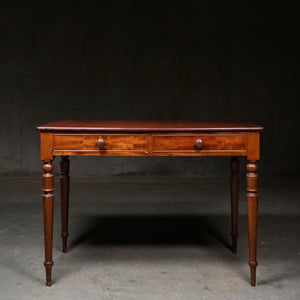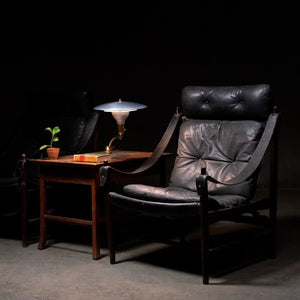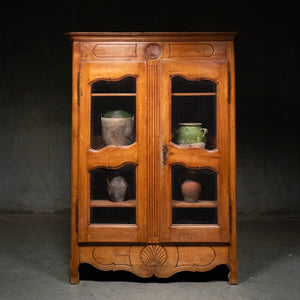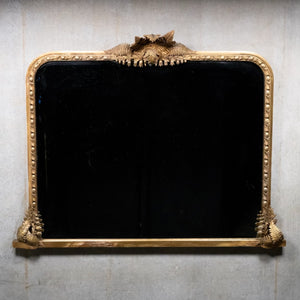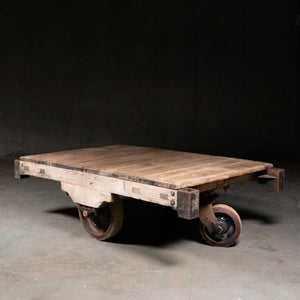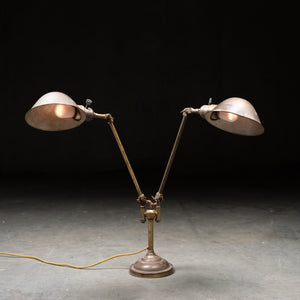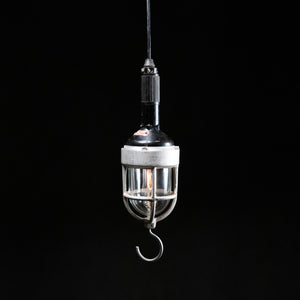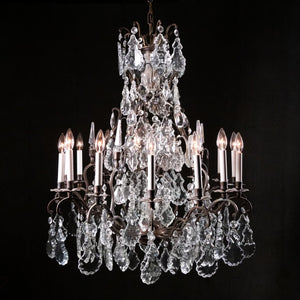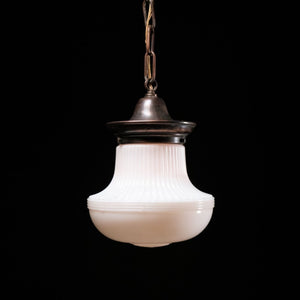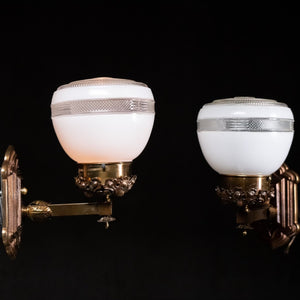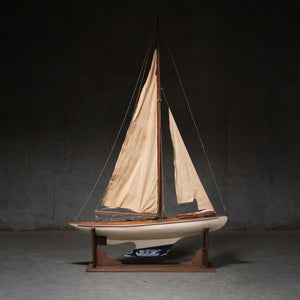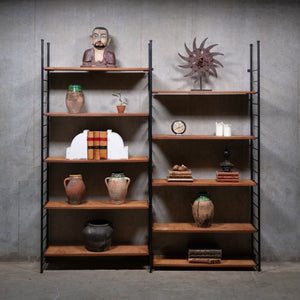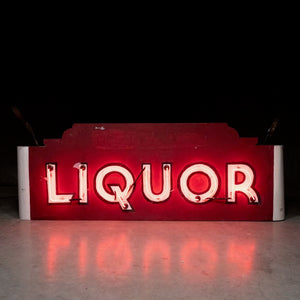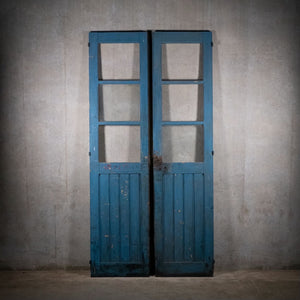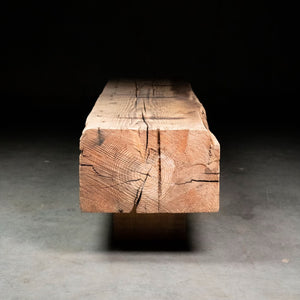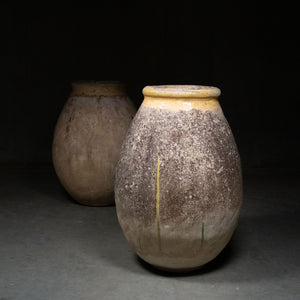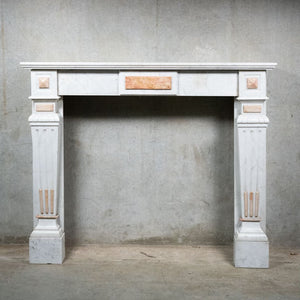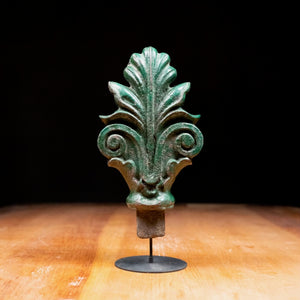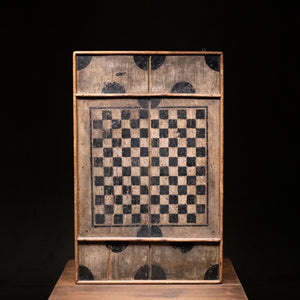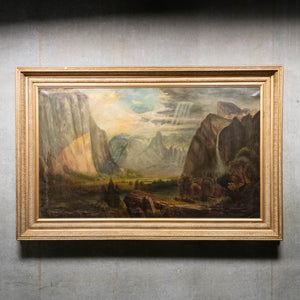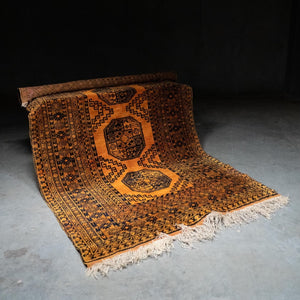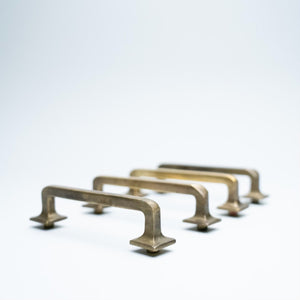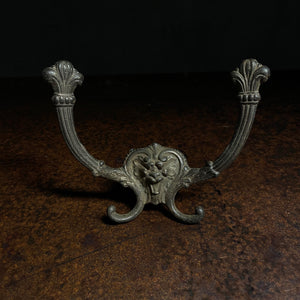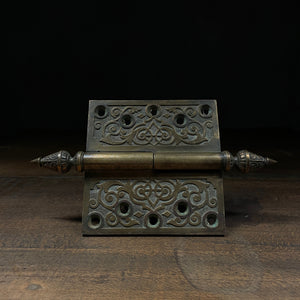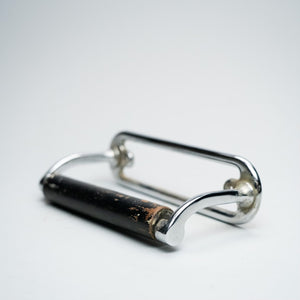
Hamilton Mfg. Co. Vintage Metal Drawer Cabinet for Lead Type
45H” x 39W” x 24D”
From ‘the composing room equipment’ company, Hamilton Manufacturing Co., a cabinet for housing various types and sizes of lead type (used for printing newspapers, etc.). Its 24 flat drawers contain many examples of the original lead cast letters. The metal cabinet, from Two Rivers, Wisconsin, has been outfitted with a new butcher block top.
HISTORY
J. Edward Hamilton founded the original Hamilton factory, called J.E. Hamilton Holly Wood Type Company, in 1880, and within 20 years became the largest manufacturer of wood type in the United States.
Edward Hamilton was born in Two Rivers and lived there until he was in his teens. When his father died fighting in the Civil War, his mother took her family to Lockport, NY, to be closer to her brothers-in-law, and for two years Hamilton attended Lockport High School. In 1868, the family moved back to Two Rivers, and at the age of 16, Edward went to work as a tender of a clothespin lathe in a chair and pail factory. Tending a clothespin lathe was not enough to satisfy Hamilton - in addition to figuring out ways to improve his production and the quality of his work, he volunteered in the engine room to learn about steam power and the mechanics of the equipment; next he managed a brick factory for his uncle until the business folded; and then he sought his fortune in the 1876 gold rush in South Dakota.
In 1878, back in Two Rivers, at the pail factory once again and determined to make his way in the business world, the opportunity presented itself that would put Two Rivers on the map and make Hamilton a name known among newspapers and print shops (and eventually housewives, dentists, doctors, architects, scientists and more) nationwide.
Care Guidelines for Wood Finishes
- Use a dry lint-free cloth to keep the piece dust-free.
- For heavy messes, lightly clean the piece with damp lint-free cloth.
- Using coasters is highly recommended on all pieces to avoid drink rings and liquid damage.
- For glass rings and water spots, gently rub the affected area with a warm, water-damp clean cotton cloth along the grain until marks are removed. Ensure to use less pressure to feather the affected area with existing finish. If a ring is persistent after water dries completely, apply a thin coat of soap. Finish with a cotton cloth liberally to the affected area and existing finish. Buff with clean, dry cloth if needed, after waiting 1 hour to dry.
- We recommend a yearly clean of wood finished furniture following the guidelines below:
- Use a Scotchbrite pad to lightly buff the piece, following the direction of the wood grain.
- Apply the prepared Soap Finish with a cotton cloth in a thick layer to the entire piece. Ensure to wipe off excess soap and buff the finish into the wood.
- Allow to dry for 1 hour.
- Use a Scotchbrite pad to very lightly buff the entire piece when applying more than one coat. 2-3 coats is recommended or until the desired effect is achieved.
- Allow the piece to dry overnight after applying the final coat, then buff with a cotton cloth.
Care Guidelines for Stone Finishes
- Use a dry lint-free cloth to keep the piece dust-free.
- For heavy messes, lightly clean the piece with damp lint-free cloth. Use a diluted neutral liquid soap for greasy spills.
- Twice a year, matte sealant should be applied. Another method is the traditional Italian method, wiping clear mineral oil onto marble every few months to keep surfaces looking hydrated and moisture resistant.
- The provided methods do not provide protection against acid. Ensure spills are wiped off as quickly as possible.
Care Guidelines for Metal Hardware Finishes
- All metal finishes are hand-finished using organic compounds only. These finishes change over time depending on exposure to the elements, handling methods and cleaning methods.
- Use a dry lint-free cloth to keep the piece dust-free.
Care Guidelines for Lighting Finishes
- All metal finishes are hand-finished using organic compounds only. These finishes change over time depending on exposure to the elements, handling methods and cleaning methods.
- Ensure to handle light fixtures gently, wearing cotton gloves.
- Use a dry lint-free cloth to keep the piece dust-free.
- Using water or cleaning products on metal finishes voids Scott Landon’s warranty policy.
Care Guideline for Leather Finishes
- This Canadian or US leather is made to endure wear and age. It often develops deeper colours, more shine and softness as it is used. Exposure to water, light and handling are factors that develop the leather’s unique patine and ages the material in its own way.
- Natural imperfections of full grain leather are common.
- Use a vacuum or broom to clean dust or particulates.
- Staining of leather can happen, and a subsequent change in color follows. Use a dry cloth to clean spills as quickly as possible. After, use a damp cloth to soften stain edge marks. Never rub stain, blotting only. Allow it to dry.
- For tougher leather, lightly rubbing with an abrasive 3M pad with short strokes can make the process easier. This naturally lifts the fibers and minimizes the stain.
- For suede leather, use a suede brush to bring up the texture after long periods of use.
